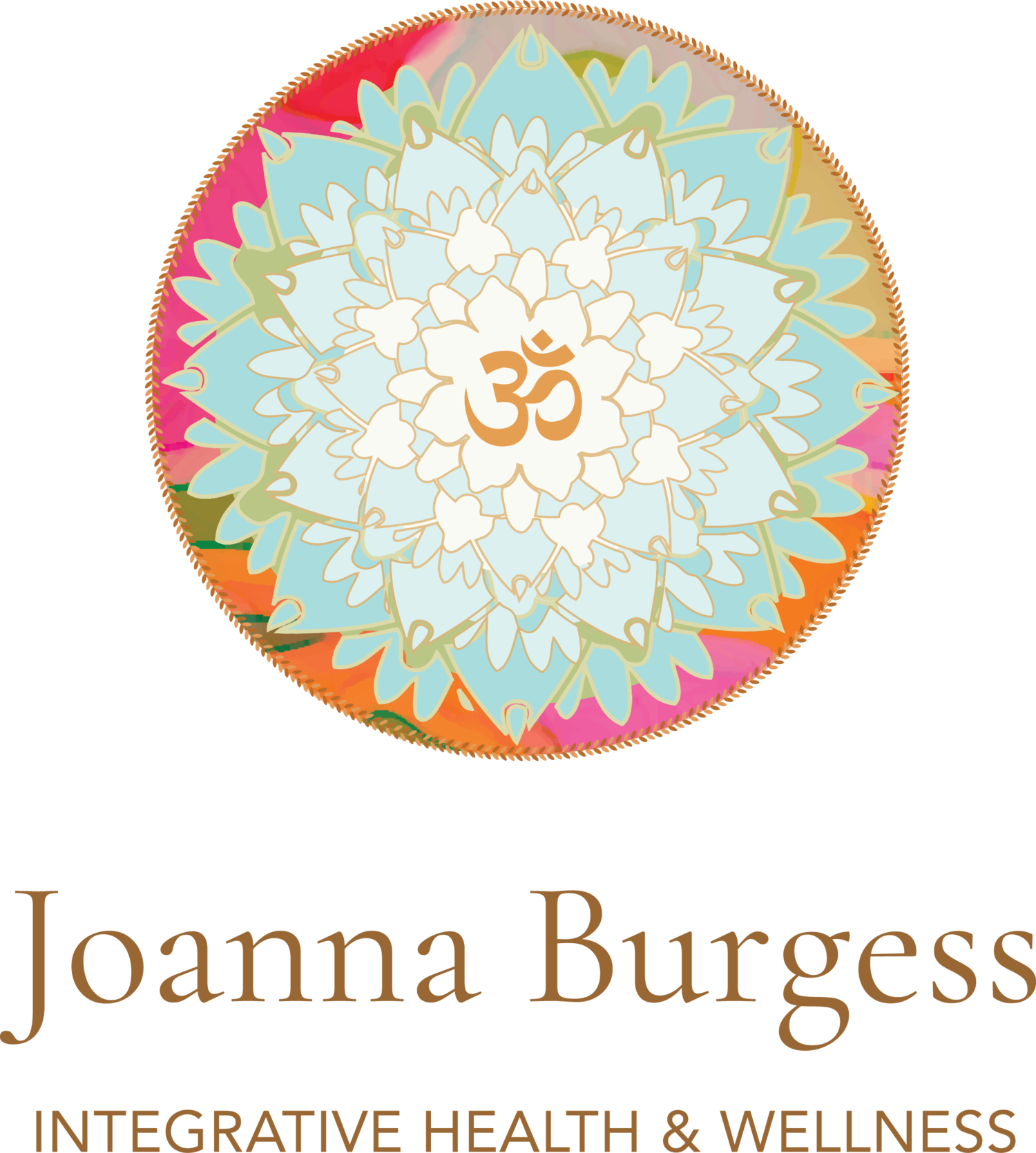Resources for a Healthy Movement Diet
First, let’s knock some definitions out of the way. We hear the word mobility a lot in health and fitness circles, but just what does it really mean?
The National Academy of Sports Medicine (NASM) defines mobility as: “The ability to move freely and easily.” PT and athletic trainer Bill Hartman gets a bit more specific: “The ability to achieve the desired posture or movement.”
And for all of us movement/fitness nerds, here are a couple more complex definitions that I like:
“Mobility is how well you can move your joints through your full range of motion and produce desired movements. The body moves as a whole in patterns, and movement in one area affects movement in another. The better you can move, the better you can perform different activities with less risk of injury. Struggling to move in desired ways can increase your risk for injuries and impact quality of life.”
“An umbrella term for the many elements that contribute to movement with full range of motion, including restricted muscle tissue, joints, joint capsules, motor control, AND your soft tissue. Essentially, it is the ability to generate force through your whole range of motion–even at the edge of your flexibility.”
Two other terms that are often confused with mobility, but are actually subsets of mobility, are flexibility and ROM (range of motion). These describe states of pain-free mobility typically associated with, respectively, the soft tissues (flexibility) and joints (ROM).
Last but definitely not least, we have stability. I like Maura Blackstone's definition: “The body’s ability to support joints and maintain good control and coordination throughout the movement.”
Of course (surprise!), healthy movement requires a balance of all 3: mobility | flexibility | stability. Simple in theory, but clearly the challenge lies in figuring out what this actually means for our fitness and self-care routines. With the wild array of options on today’s modern Western menu, how do you craft this dreamy balance? How do you learn what your body needs and when?
There are many answers to this complex question. For some, interspersing proven rituals with trial and error is adequate. But I think most of us eventually find, as we age and end up confronted with an accumulation of old injuries and lifestyle choices, that we need a bit more help and guidance.
Working together with trained professionals who understand funky movement patterns and how to modify imbalances for optimal functionality, is one obviously solid option. (Orthopedic bodyworkers, trainers, chiropractors, physical therapists, Pilates instructors, and experts in movement modalities like Feldenkrais or Alexander Technique.)
With specific knowledge of and ways to assess the human movement system, these folks can help you identify the specific areas where you might seek increased flexibility or stability–in order to promote greater mobility. And, of course, they can work with you in person or provide home routines.
To complement this approach, or if the budget is lean, I love sharing fitness and movement resources you can rock on your own.
As many of you know, one of my all time movement and wellness heroes is Katy Bowman. A biomechanist, writer/podcaster and educator, Katy's Nutritious Movement approach emphasizes accessible ways people can move and feel better in their bodies on a daily basis.
Deconstructing the modern Western “exercise” industry, Katy encourages increasing overall frequency and volume of movement, and diversifying movement habits in order to avoid repetitive motion:
“Movement, like food, is not optional; ailments you may be experiencing are simply (and complexly) symptoms of movement hunger in response to a movement diet that is dangerously low in terms of quantity and poor in terms of quality—meaning you aren’t getting the full spectrum of movement nutrition necessary for a baseline human function.”
~Katy Bowman, Move Your DNA
Last month I had the awesome adventure of attending my first in-person workshop with Katy, at the Art of Living retreat center in Western North Carolina. I learned a ton of fascinating new concepts and, of course, new movements to play with at home.
I'm slowly making my way through Katy's new book, Rethink Your Position: Reshape Your Exercise, Yoga, and Everyday Movement, One Part at a Time.
And for podcast lovers, I recommend this fascinating conversation between Katy and fellow movement thought leaders Kelly and Juliet Starrett of Ready State Fitness. (The Starretts new book, Built to Move: The Ten Essential Habits to Help You Move Freely and Live Fully, is next on my reading list!)
Enjoy, and keep moving!
